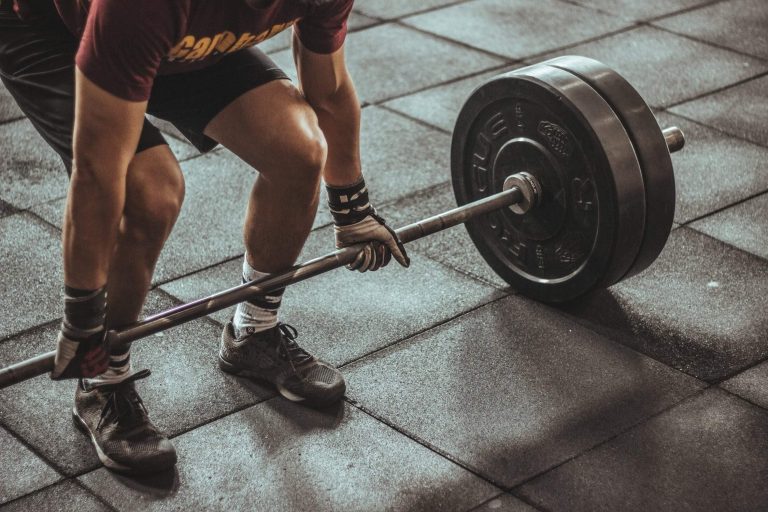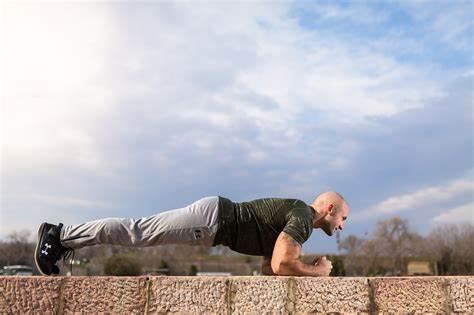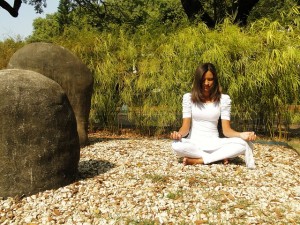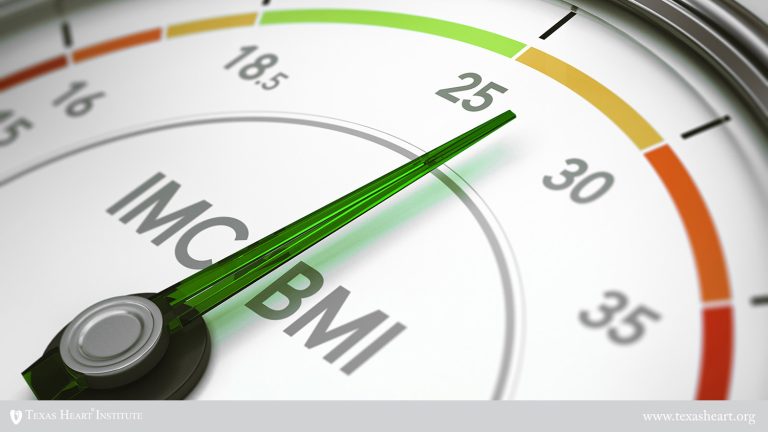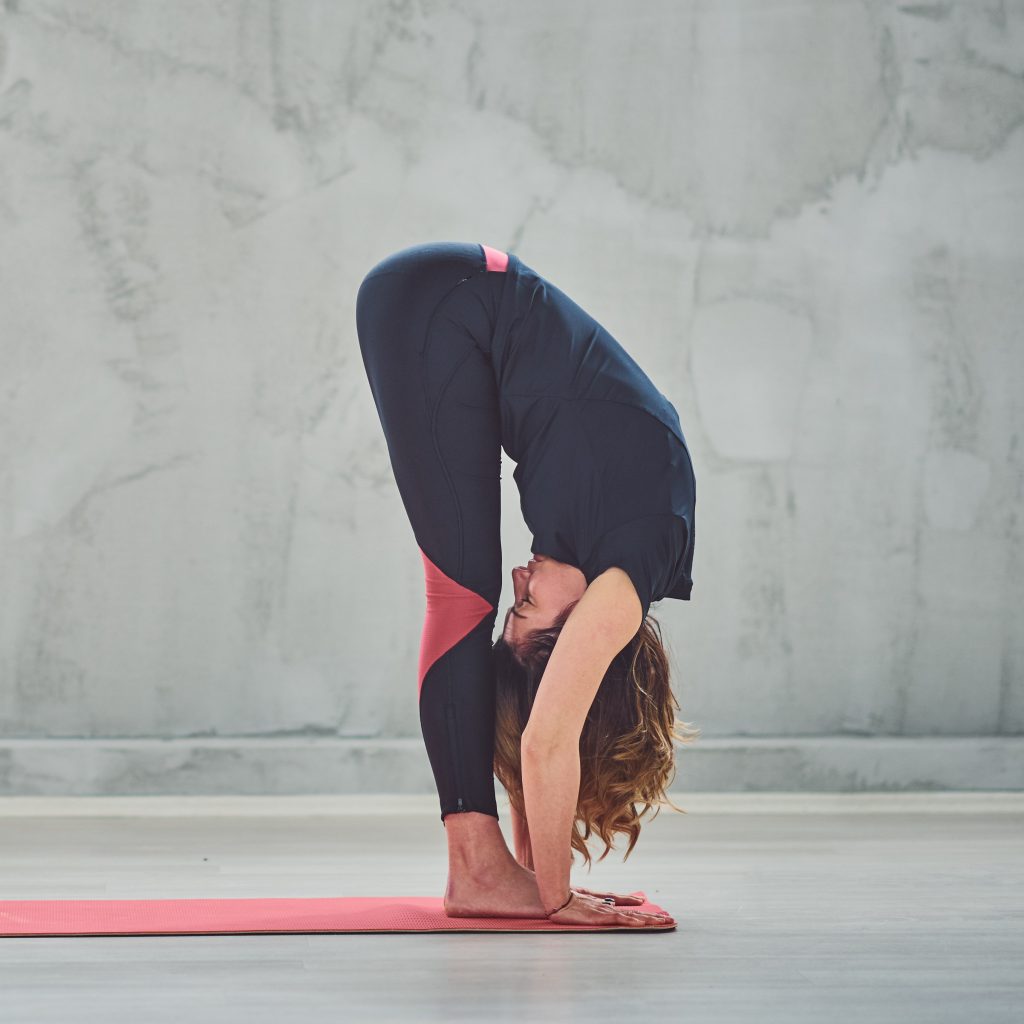Doing chest exercises is something that many men and women are interested in. Almost all men like to show off a defined and muscular torso and almost all women want to enhance their chest and present an elegant posture. When it comes to chest exercises, women often make a basic mistake: avoiding weights. Weights are one of our best allies to enhance this area.
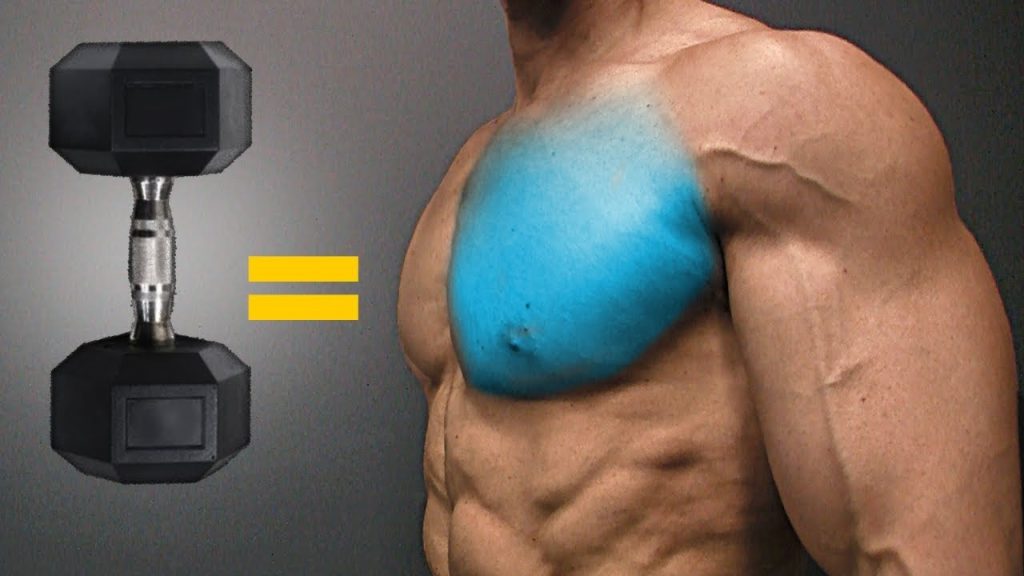
Traditionally, women have avoided these types of exercises, fearing that lifting weights will overdevelop their muscles. This is a fairly common mistake. The most important issue lies in the pounds lifted during training. If the chest exercises that we discuss below are performed with very heavy weights, let’s say for example about twenty kilos, that moment of muscle development that some women fear will be reached.
On the other hand, using a moderate load, between two and five kilos in each hand, muscle growth will not take place, only the toning of the muscles involved in these exercises will occur: arms and pectorals. For this reason, whether you are a man or a woman, if you are interested in doing chest exercises you can do the ones we propose in our article, adapting them to your needs and desires. If you want more muscle mass, you should do it with a lot of weight, while if the only thing you are looking for is to tone your muscles, you should use little weight.
What you should not do is not use weight of any kind, as then the exercises will not do their job. If the exercises are too hard for you at first, you can do them without any weight for several weeks, but as soon as you get more strength and endurance you should add weight little by little. If you want to know more about how to do chest exercises, pay close attention to the following proposal.
What do you need to do chest exercises?
- Comfortable sportswear
- Weights
Instructions for Doing Chest Exercises
- There are many specific exercises for chest. Here are some of the most common ones. You should try to perform sets of these exercises during your training sessions. The first few days do few repetitions and increase them as you get better at your practice.
- Lying on your back with your back completely straight, you must hold the weights or dumbbells on your chest with your arms bent, as you can see in the image, raise the weights little by little towards the ceiling until your arms are completely straight forming an angle of ninety degrees with respect to the position of your body. Perform the movements gently and slowly.
- Push-ups, planks, planks, push-ups, … The names of this exercise are many and without a doubt all of them are hated equally, especially by women who tend to have more problems when it comes to performing them. However, the benefits of this exercise are innumerable as they help us tone arms, pectorals and abs.
- With your legs shoulder-width apart, perform a squat. We have to be very careful that our knees don’t get in front of our feet. Grab the weight with both hands and try to lift it toward the ceiling. When you do, stretch your legs and your entire body. When the weight drops, return to the previous squat pose. This exercise is excellent for toning the pectorals and also the legs and buttocks.
- The last chest exercise we recommend is very similar to the previous one. However, now when you lift the weight you should not try to lift it towards the ceiling, you should only lift it until your arms form a ninety degree angle. When you get into that pose, you should try to hold it for several seconds.
Tips for Doing Chest Exercises
- Take it easy and don’t expect to see results right away. Exercise and sport offer very good benefits, but it takes a while for them to start to be noticed.
- You can combine these exercises with abdominal exercises that will help you strengthen your entire upper body.
- Stay motivated. The first few weeks you will have a hard time performing these exercises as your muscles are not used to making these efforts. Surely during the first days of training you will suffer from muscle soreness and pain. Think that these first moments of training are the hardest, as soon as you manage to overcome them everything will be much easier.




